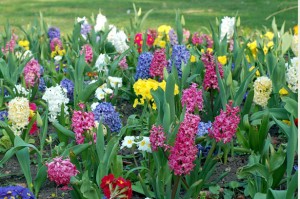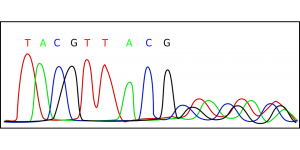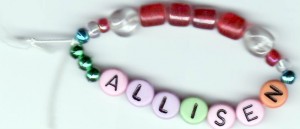Over 150 years ago, on May 1, Friedrich Froebel coined the term ‘Kindergarten’. As a teacher his dream was to provide an education for children that developed not only their minds and bodies, but also their spirits by tapping into children’s playful and creative natures. The German word Kinder-garten, child’s garden, describes children growing and blooming like flowers as they play and learn. Kindergarten itself is the ‘seed’ year that grows the roots for a child’s educational career that spans at least one and possibly two (!) decades of school. Children starting this fall graduate from high school in 2023. Kindergarten grows into the future. Thank you, Mr. Froebel and Happy May 1. How will you play and learn today?


 The most AmaZing finding is that our very cells have a genetic alphabet. How cool is that! No wonder the alphabet fascinates us, it’s in our very genes.
The most AmaZing finding is that our very cells have a genetic alphabet. How cool is that! No wonder the alphabet fascinates us, it’s in our very genes.